Everyday household items often seem mundane and unremarkable, yet many of them have fascinating stories and surprising facts hidden beneath their ordinary surfaces. From the historical origins of high heels to the unexpected medicinal use of chocolate, these items carry secrets that can change the way we perceive our daily lives. In this article, we will explore 17 surprising facts about everyday household items, revealing their unique histories, quirky uses, and astonishing characteristics. Whether it’s the invention of the first webcam to monitor a coffee pot or the astronomical energy content in a gallon of gasoline, these facts are sure to add a touch of wonder to your everyday routine.
High Heels Were Originally Men’s Shoes
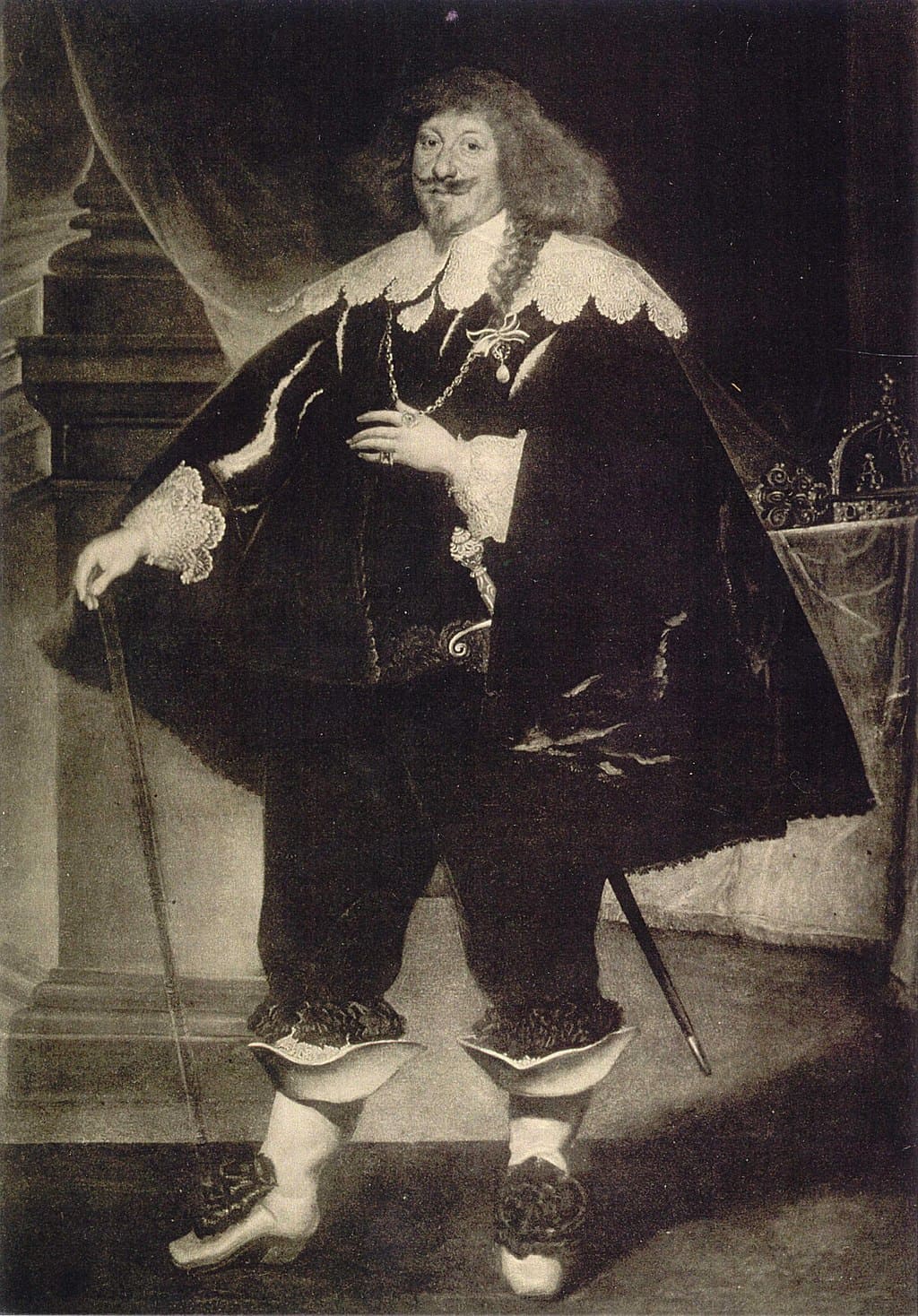
High heels, now synonymous with women’s fashion, were originally designed for men in the 10th century. They were first worn by Persian horse riders to help secure their feet in stirrups. The innovation quickly spread to Europe, where it became a symbol of status and power. By the 17th century, high heels were a staple in the wardrobes of European aristocrats, both male and female, signifying wealth and social standing. The evolution of high heels from practical riding gear to a fashion statement highlights the dynamic nature of fashion trends and their cultural influences.
Playing Cards Have Historical Meaning
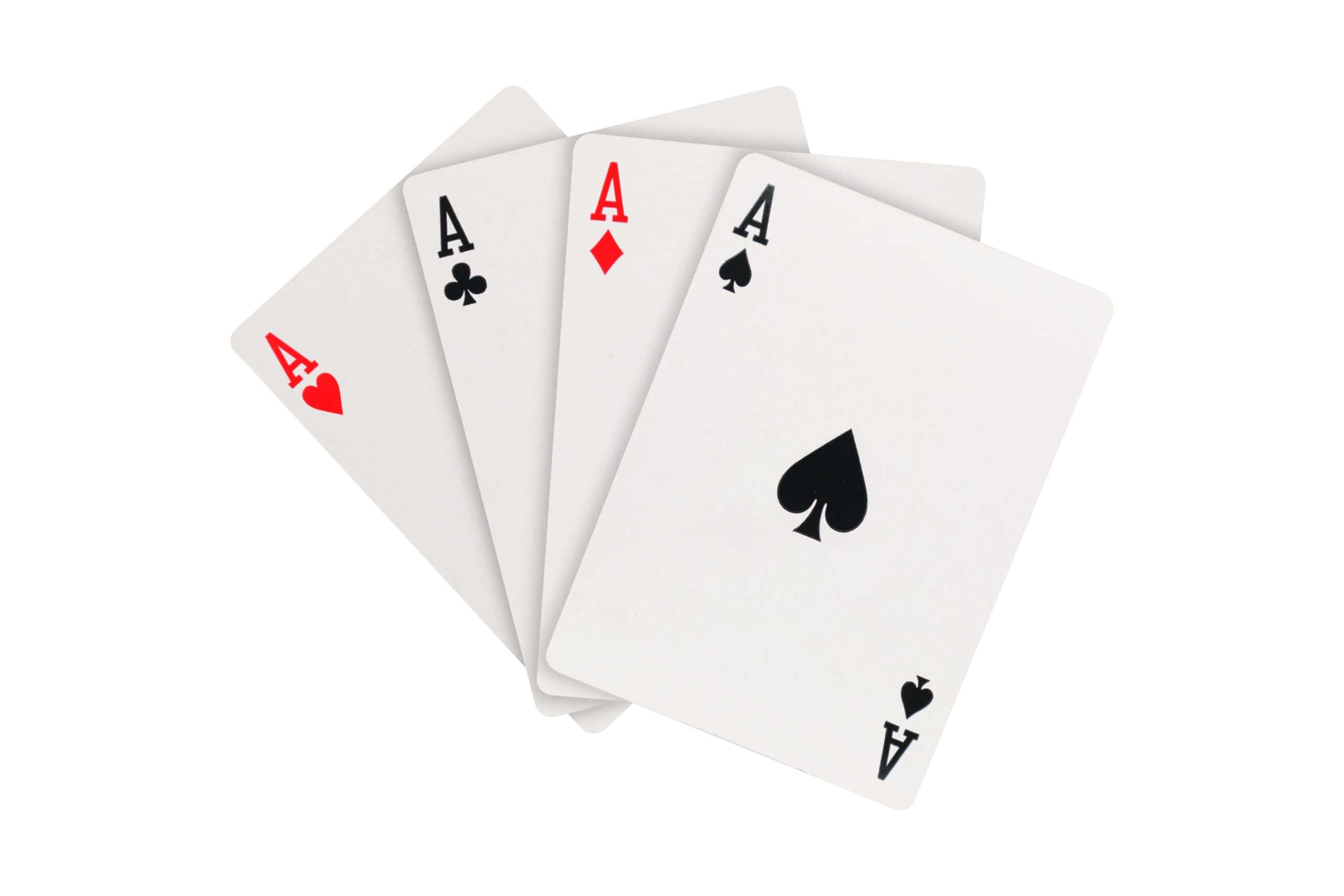
The seemingly simple deck of playing cards has deep historical roots. The four suits—hearts, spades, diamonds, and clubs—are believed to represent the four pillars of medieval society: the Church, the military, the merchants, and the farmers, respectively. Additionally, the Kings in a deck are thought to symbolize significant historical figures: the King of Hearts as Charlemagne, the King of Spades as King David, the King of Diamonds as Julius Caesar, and the King of Clubs as Alexander the Great. These connections infuse a mundane card game with a rich tapestry of history and symbolism.
More People Have Cell Phones Than Toilets
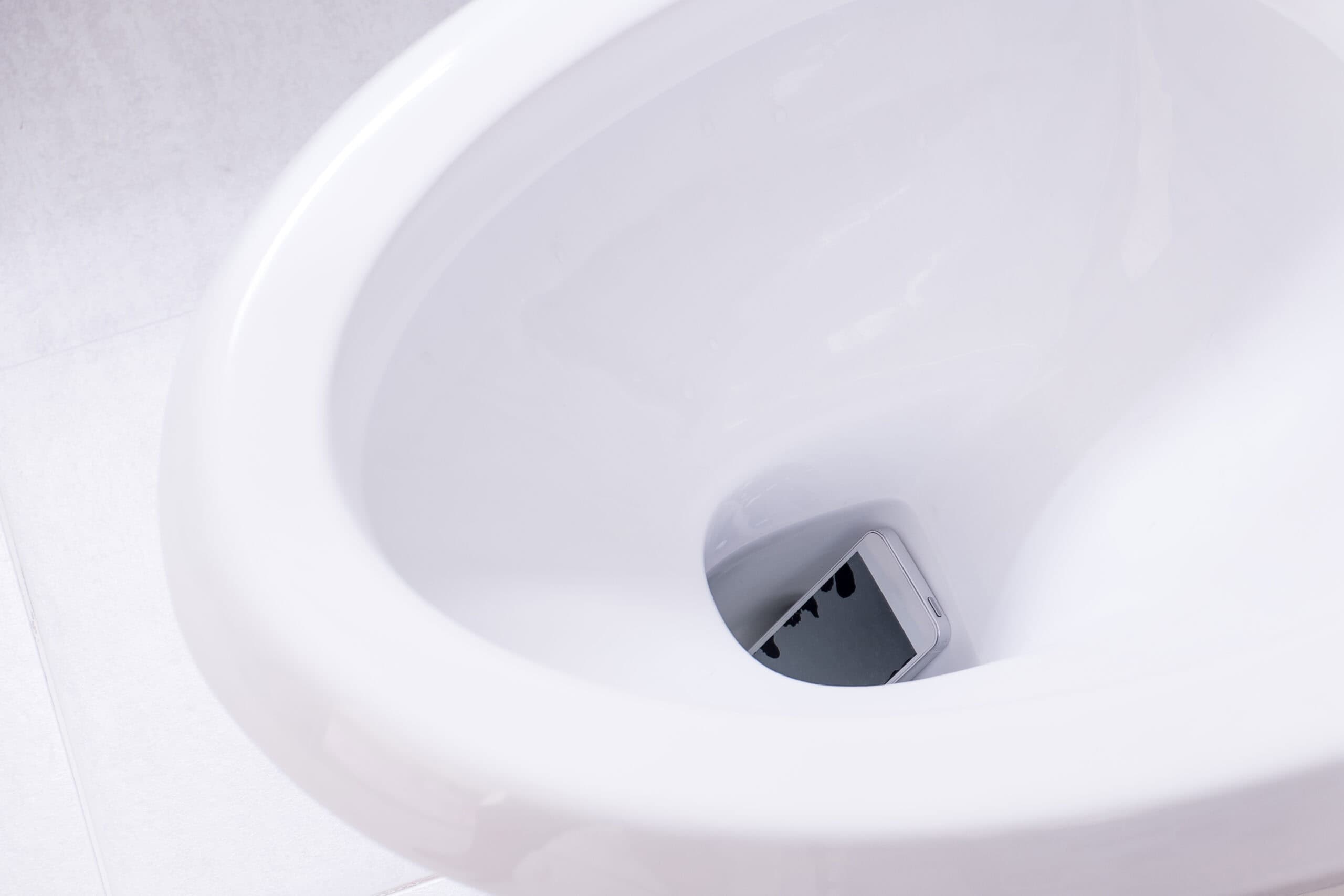
A 2015 UN report revealed that while 6 billion people have access to mobile phones, only 2.5 billion have access to proper sanitation facilities like toilets. This stark contrast highlights the rapid spread of mobile technology compared to the slower progress in improving basic infrastructure. The disparity is particularly pronounced in regions like South Asia and Sub-Saharan Africa, where lack of access to sanitation poses significant health risks. This statistic underscores the global challenges in addressing essential human needs and the prioritization of technology over basic sanitation.
Wearable Eyeglasses Have Been Around Since 1284
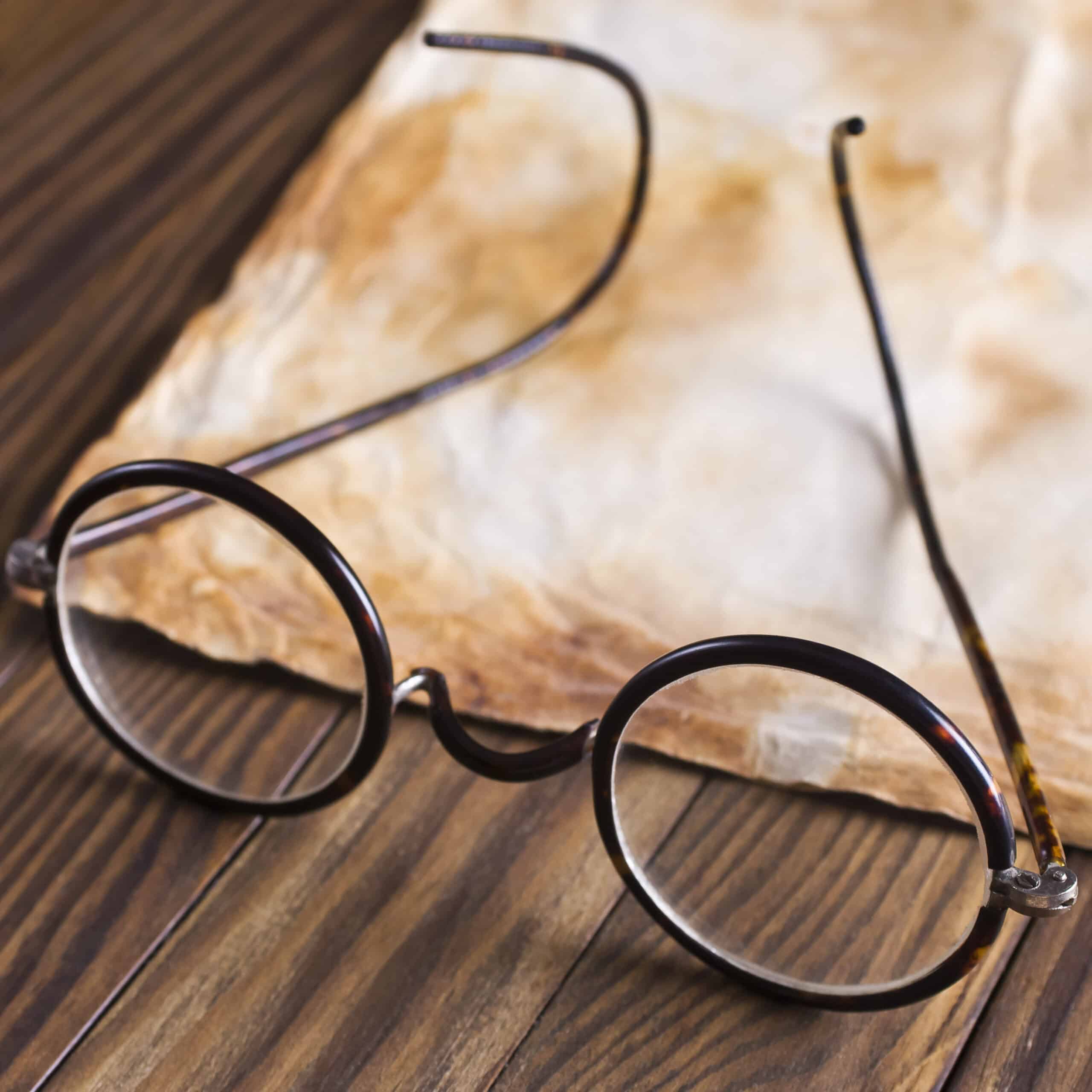
Eyeglasses, a vital tool for vision correction, were first invented in Italy in 1284. Before their invention, people relied on hand-held lenses to magnify text and objects. The earliest eyeglasses had heavy frames and single lenses, making them cumbersome to use. Innovations in Spain led to the addition of ribbons to hold the glasses on the wearer’s face. By the 1700s, these ribbons were replaced with arms, similar to modern glasses, allowing for greater comfort and practicality. The evolution of eyeglasses reflects significant advancements in science and technology over the centuries.
The Blob of Toothpaste on a Toothbrush is Called a Nurdle
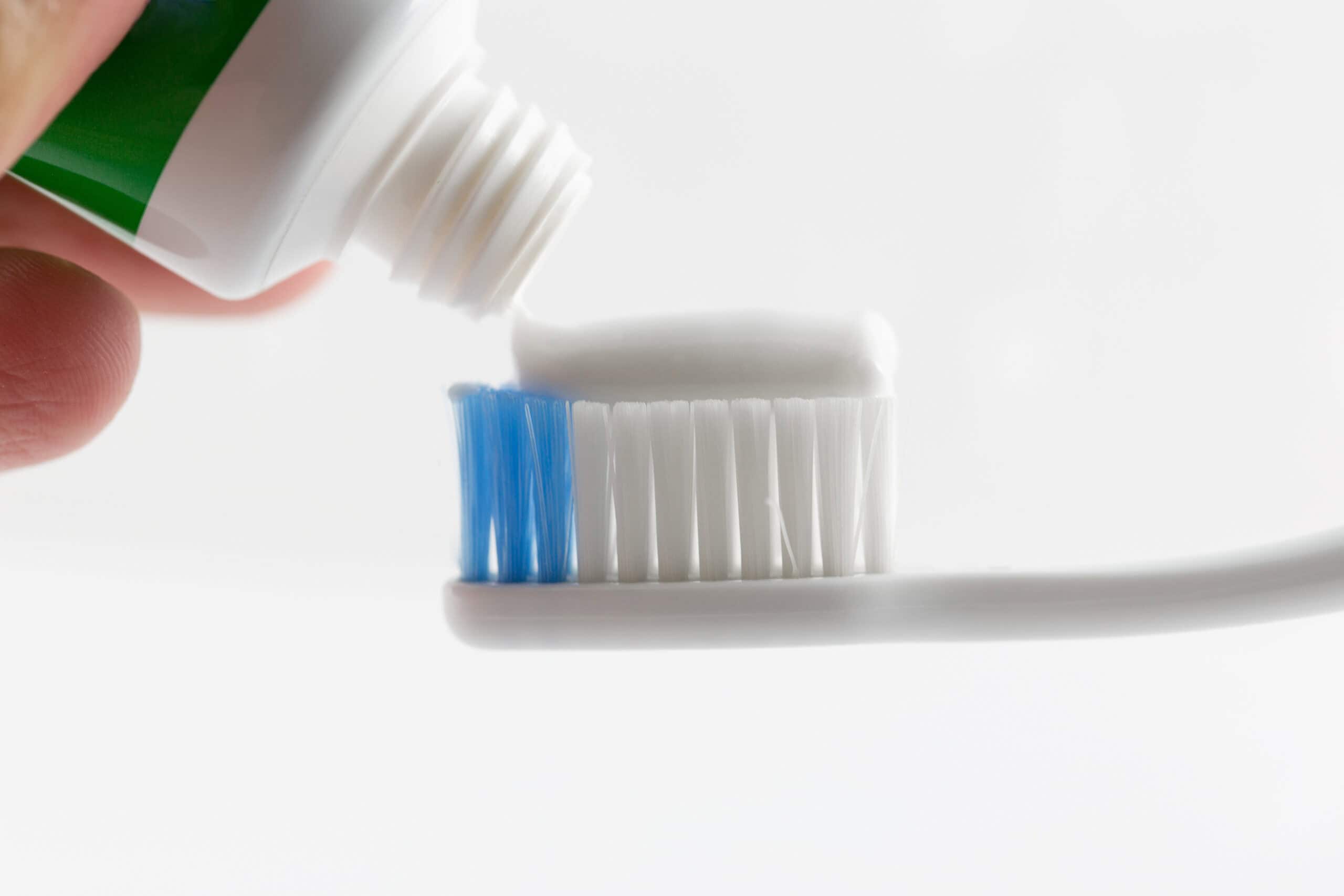
The artfully shaped blob of toothpaste that sits atop a toothbrush in advertisements is called a “nurdle.” This whimsical term not only adds a bit of fun to the mundane task of brushing teeth but also has legal significance. In 2010, Colgate Palmolive sued its competitor GlaxoSmithKline over the use of the nurdle image on toothpaste packaging, leading to a legal dispute that was settled out of court. The term “nurdle” highlights the quirky side of everyday objects and the importance of branding in the commercial world.
Houseplants Are Good for You
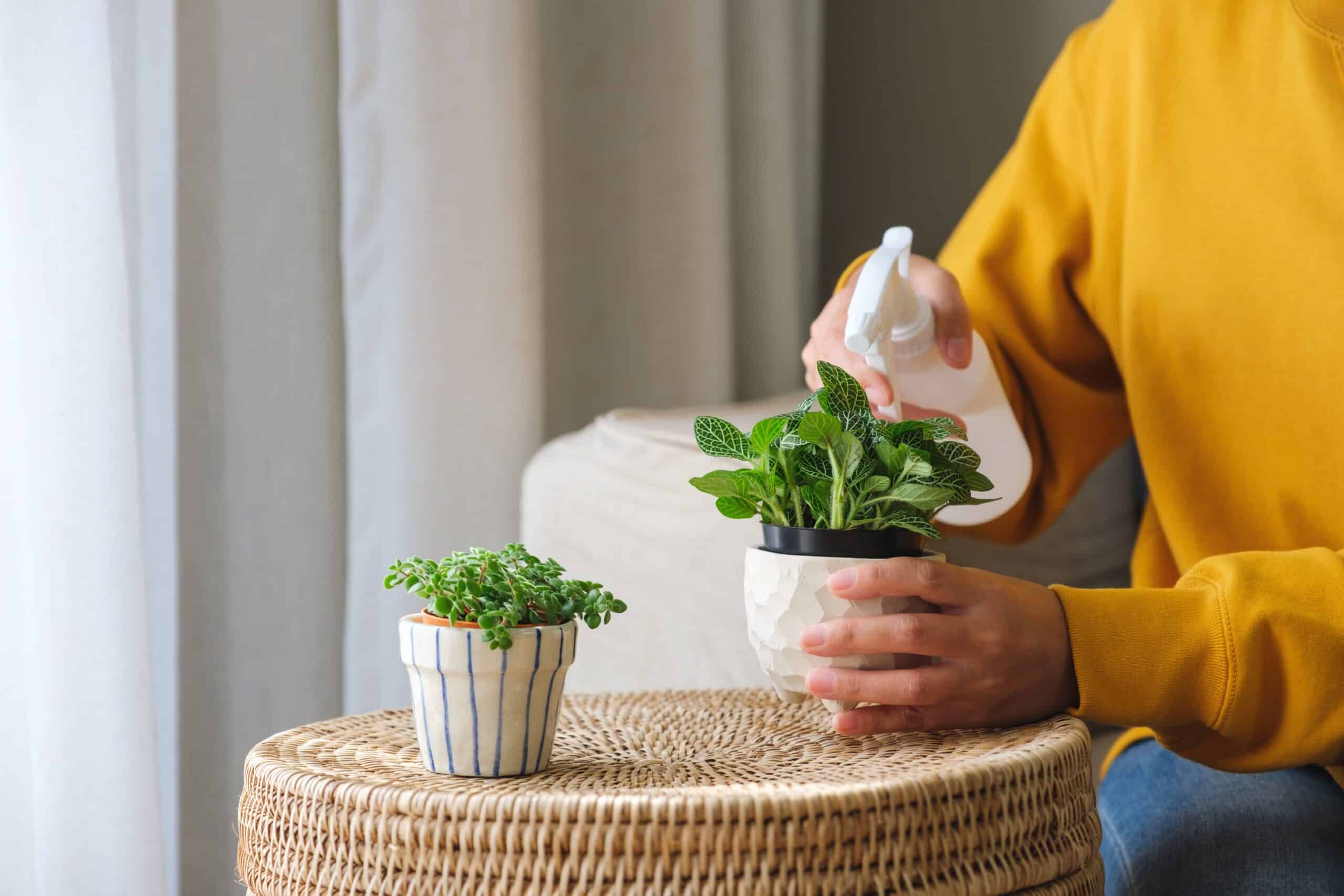
Having houseplants in your home is not only aesthetically pleasing but also beneficial for your health. Studies have shown that indoor plants can reduce airborne molds and bacteria by up to 60 percent, improving air quality. Plants like English Ivy, peace lilies, and Boston ferns are particularly effective at cleaning the air and regulating humidity. Additionally, houseplants have been found to promote mental well-being by reducing stress and enhancing mood. They can also make people more contemplative and self-reflective, connecting them to nature and loved ones who may have given the plants as gifts.
Salt Was Used as Currency
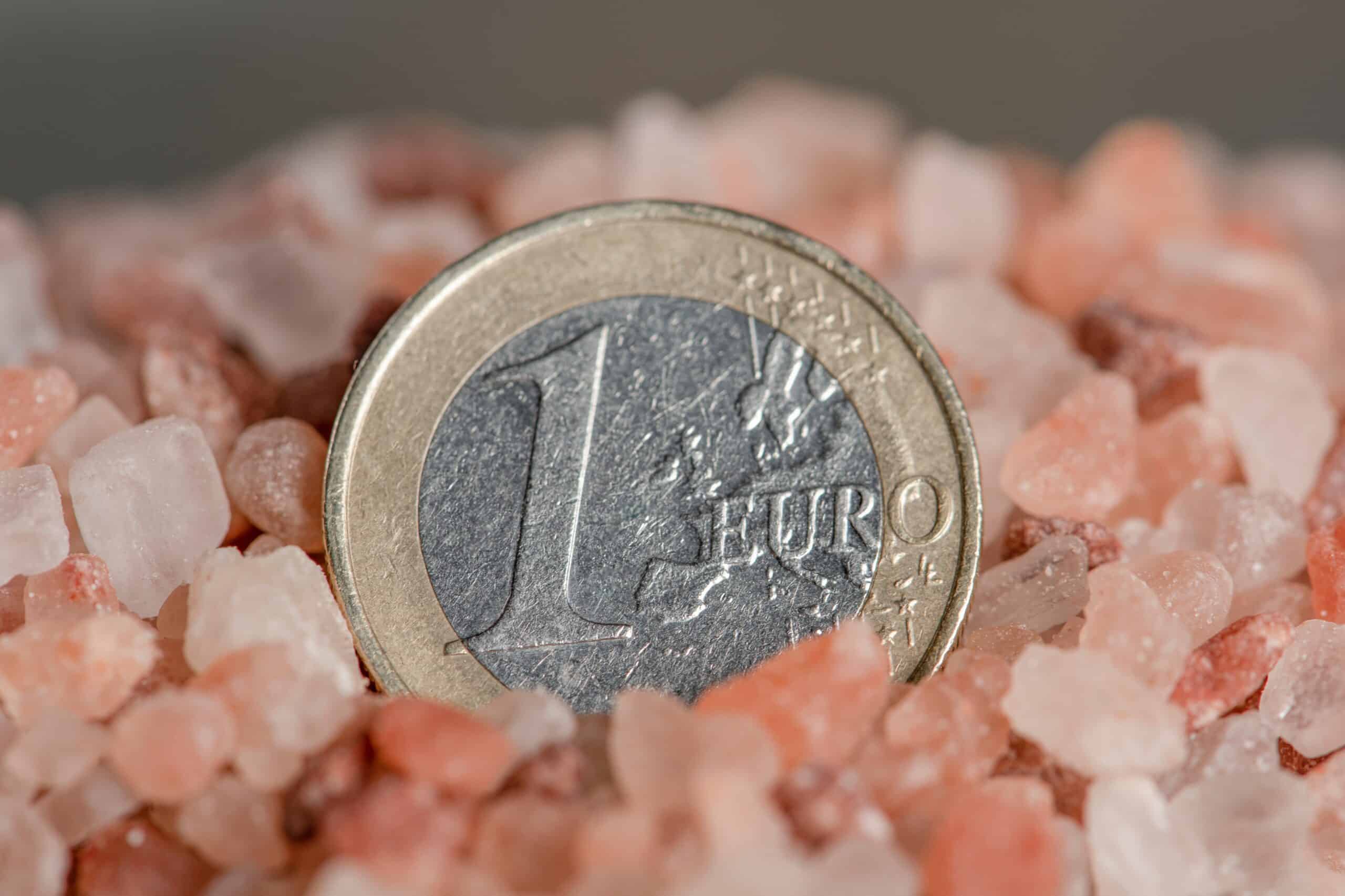
Salt, a staple in every kitchen today, was once so valuable that it was used as currency. The ancient Romans paid their soldiers in rations of salt, a practice that gave rise to the word “salary,” derived from the Latin word “salarium.” Salt’s value stemmed from its ability to preserve food, making it an essential commodity for long journeys and everyday life. This historical use of salt as money underscores its critical role in human civilization and its profound impact on trade and economy.
A Gallon of Gasoline Contains 31,000 Calories

While it’s certainly not recommended to consume gasoline, a gallon of it contains approximately 31,000 calories. This immense energy content highlights the efficiency of gasoline as a fuel source. Scientists discovered this fact while comparing the energy output of gasoline to that of a human-powered bicycle. They found that a person could theoretically bike about 912 miles on the energy equivalent of a single gallon of gasoline. This comparison emphasizes the incredible energy density of gasoline and its importance in powering modern transportation.
Your Smartphone Could Send Astronauts to the Moon
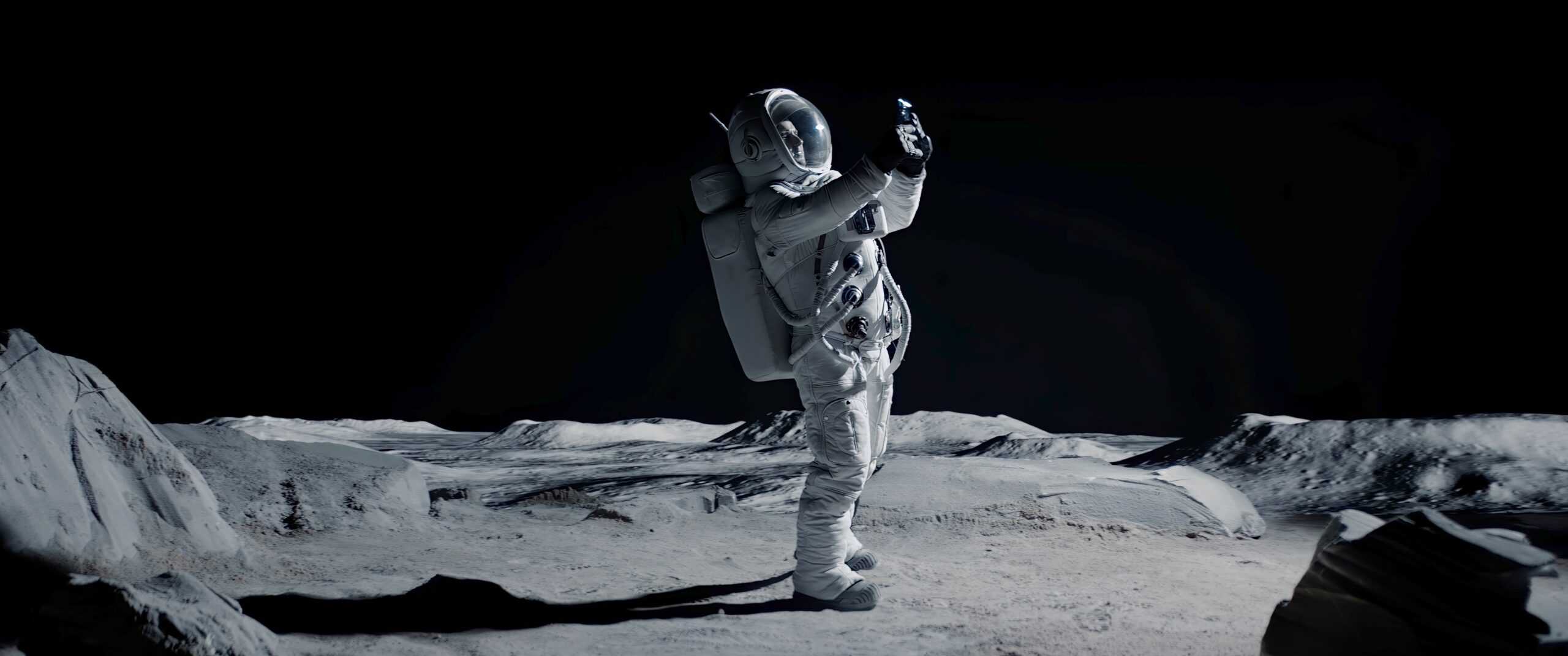
The smartphone you carry in your pocket is millions of times more powerful than the computers used by NASA during the Apollo missions to the moon. The Apollo Guidance Computer (AGC) was the cutting-edge technology of its time, costing $3.5 million and being the size of a car. In contrast, the processing power of a modern smartphone can handle calculations and tasks that would have been unimaginable in the 1960s. This astonishing fact underscores the rapid advancements in technology and the remarkable capabilities of modern devices.
Rice is the Oldest Food that We Still Eat Today
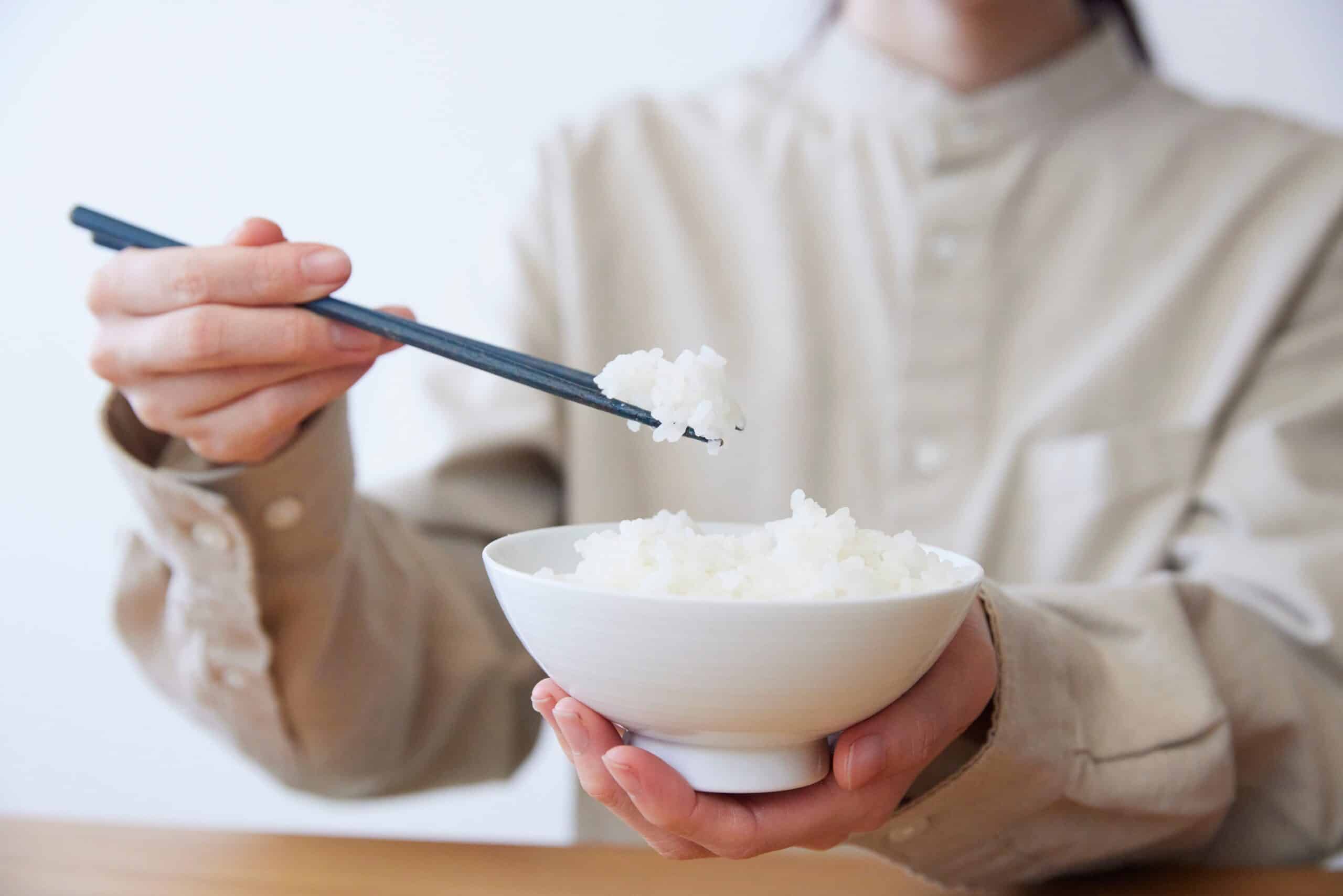
Rice, a dietary staple for billions of people worldwide, has been cultivated for between 12,000 and 15,000 years. All modern domesticated rice varieties can be traced back to a single crop in the Pearl River Valley of ancient China. This ancient grain has sustained civilizations and remains a fundamental part of diets across Asia, Africa, and the Americas. Its ability to grow in diverse climates and its nutritional value have made rice a cornerstone of agricultural development and human survival. The enduring presence of rice in our diets highlights its nutritional value and the agricultural ingenuity of early human societies.
Dogs Aren’t Actually Colorblind

Contrary to popular belief, dogs are not colorblind. They can see colors, but their vision is limited compared to humans. Dogs perceive yellows, blues, and violets clearly but have difficulty distinguishing reds, oranges, and greens. This limited color vision is offset by their superior night vision and ability to detect motion. Understanding the true nature of canine vision can help dog owners create more stimulating and enriching environments for their pets. This insight into canine vision challenges the widespread misconception and reveals the unique adaptations that allow dogs to thrive in various lighting conditions.
Pen Caps Have Holes to Prevent Choking
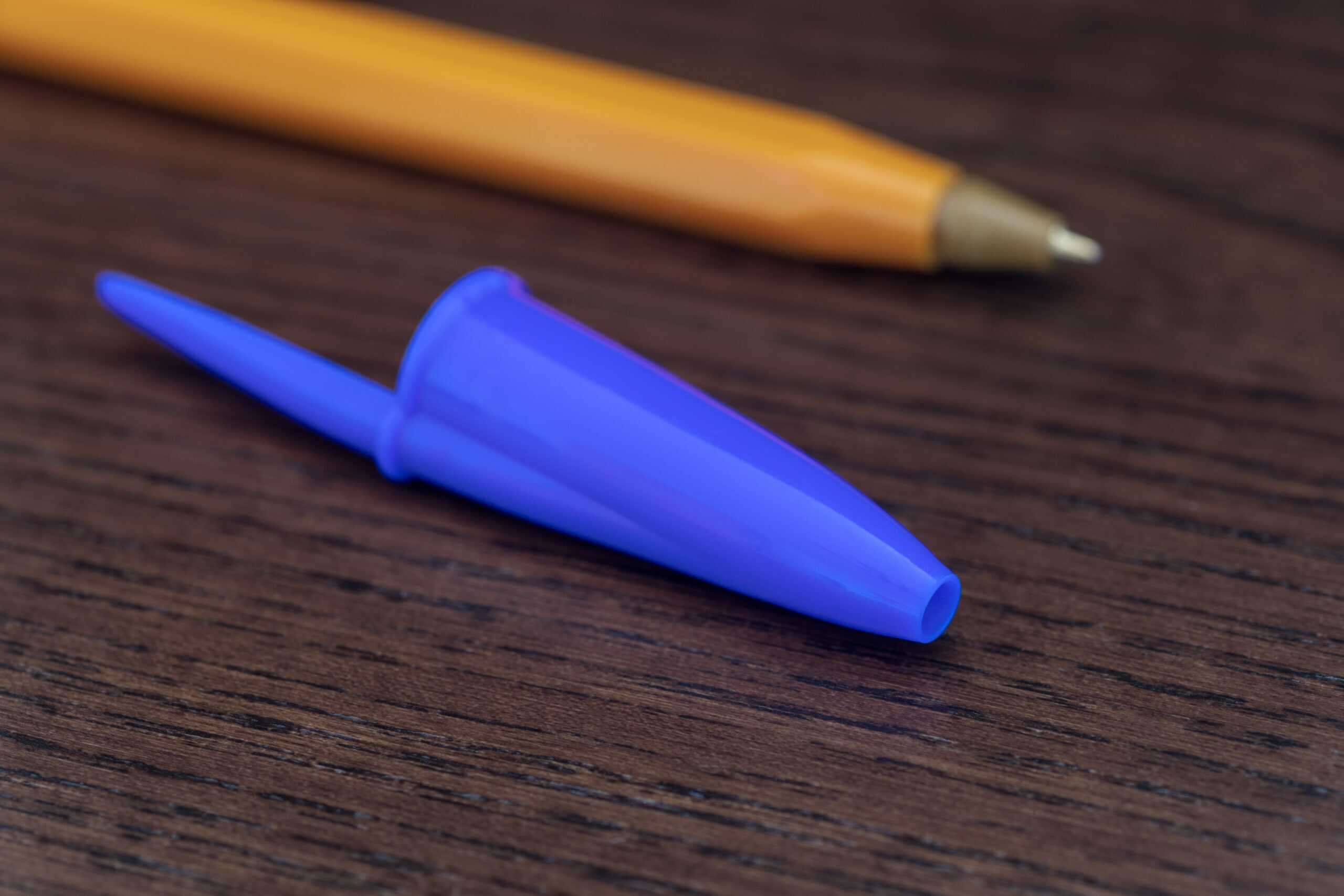
The small hole at the top of a pen cap is a lifesaving design feature. It ensures that if a child or an adult accidentally swallows the cap, airflow is maintained, reducing the risk of choking. This thoughtful design is especially common in mass-produced pens like the Bic Cristal. The simple yet effective addition of a hole in the cap exemplifies how everyday items are engineered with safety in mind. This seemingly minor detail highlights the importance of considering safety in product design, especially for items that are commonly used by children.
Berries Aren’t What You Think They Are
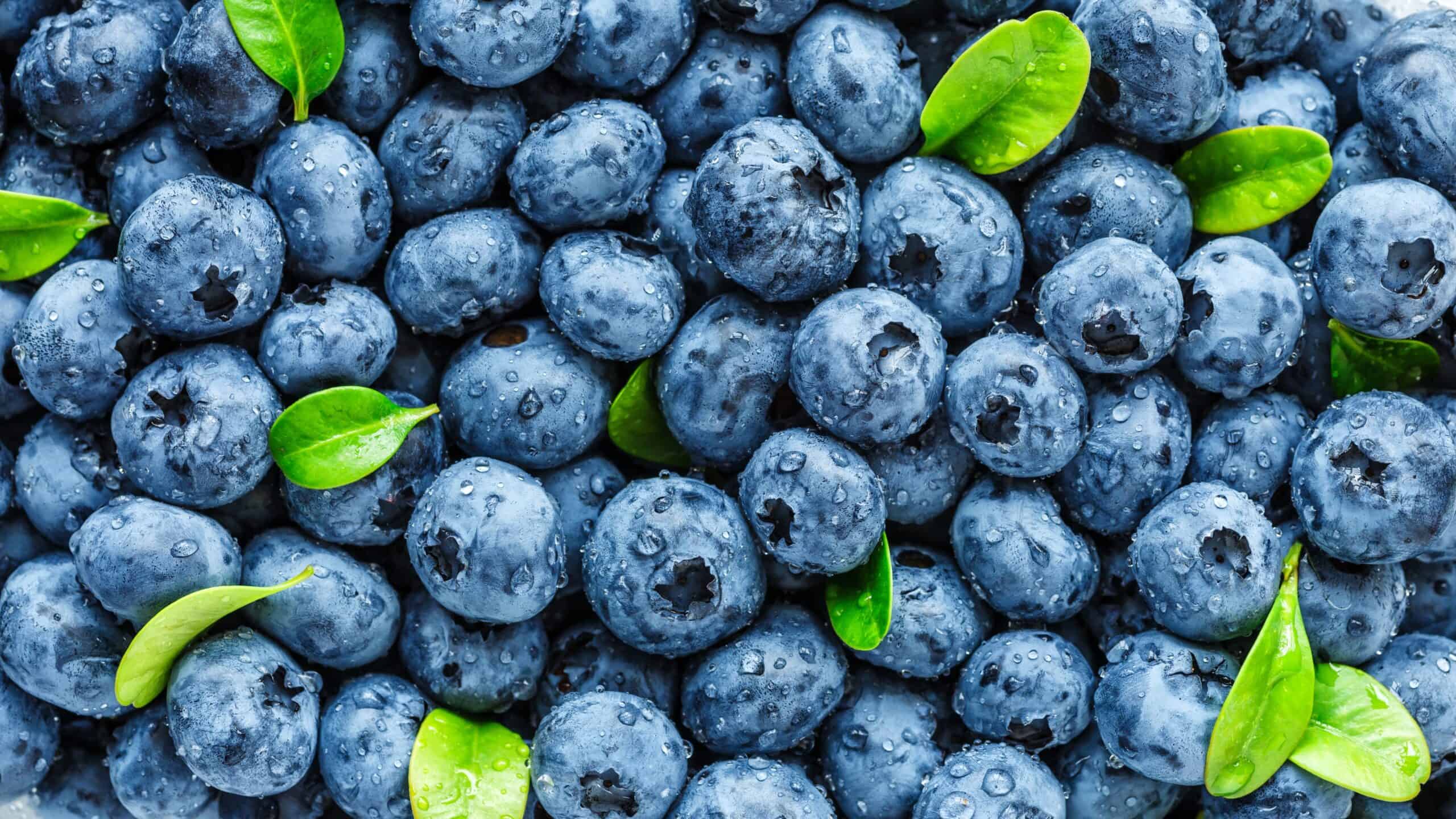
Botanically speaking, many fruits commonly thought of as berries, like strawberries and raspberries, are not true berries. True berries, according to botanical definitions, must have three layers: a protective outer layer, a fleshy middle, and an inner part that holds the seeds. Blueberries and cranberries fit this definition, while bananas, kiwis, and even tomatoes are technically berries. This surprising classification reveals the complexity of botanical terminology and challenges our everyday assumptions about fruit. Understanding the true botanical definitions of fruits can enhance our appreciation of their diversity and the intricacies of plant biology.
It Takes a Lot of Bees to Make Honey
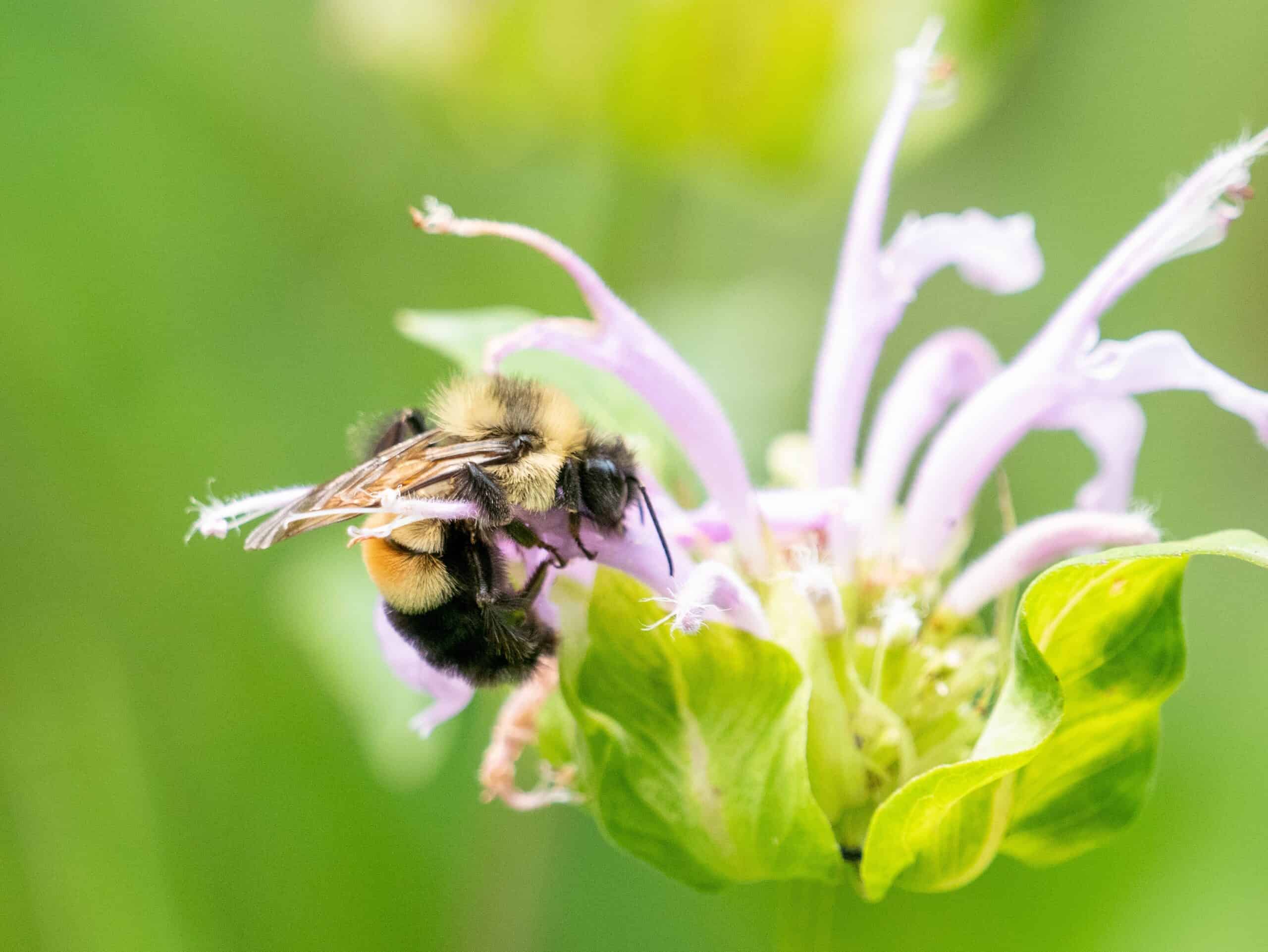
Producing honey is a monumental task for a colony of bees. An individual bee will produce only about one-twelfth of a teaspoon of honey in its lifetime. A single colony, consisting of 20,000 to 60,000 bees, can produce a significant amount of honey collectively. Honey is not only a high-energy food but also has natural preservatives, allowing it to last indefinitely if stored properly. This fact highlights the industrious nature of bees and the incredible effort involved in creating honey. The process of honey production exemplifies the remarkable cooperation and efficiency within a bee colony, showcasing the natural world’s intricate systems.
Albert Einstein Co-Invented the Refrigerator

Albert Einstein, known for his groundbreaking work in physics, also co-invented a refrigerator. In the 1920s, Einstein and his former student Leo Szilard developed a design that used no moving parts, reducing the risk of toxic gas leaks from faulty seals. Their invention was a response to a tragic incident in Berlin where a family was killed by a leaking refrigerator. Although their design was eventually surpassed by newer technologies, it laid the groundwork for modern refrigeration and is being revisited for use in areas without electricity. Einstein’s foray into practical inventions highlights his diverse talents and his contributions to improving everyday life.
Chocolate Was Used as a Medicine
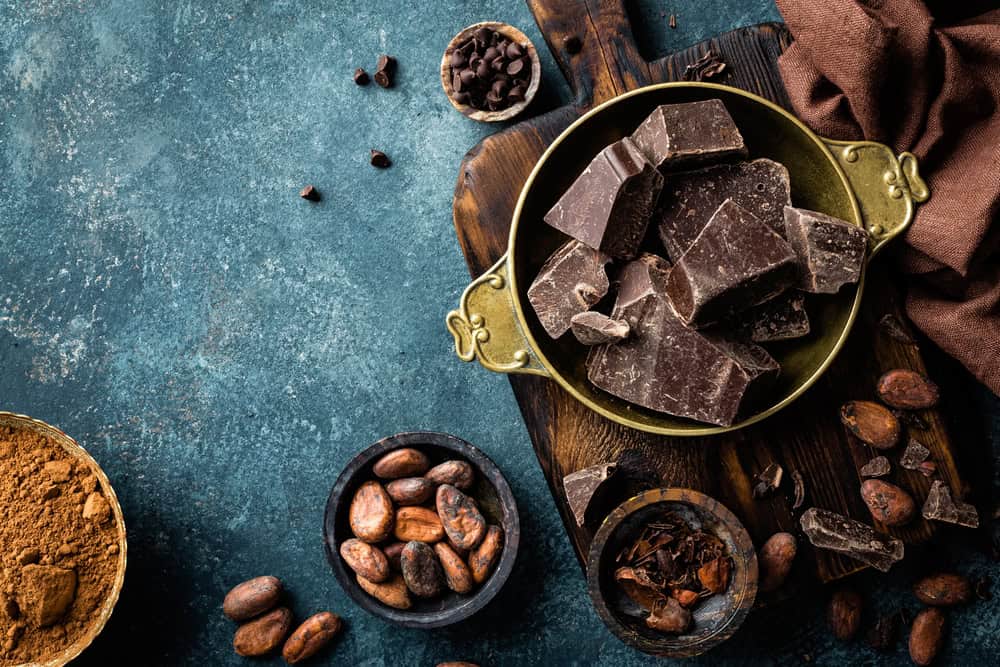
Chocolate, now a beloved treat, was originally used as medicine. When Europeans discovered cacao in the late 1500s, they observed the Aztecs using it to treat various ailments. European doctors soon adopted chocolate as a remedy for fevers, indigestion, and melancholy. Despite its transformation into a sweet confection, chocolate’s medicinal origins remind us of its historical significance and the adaptability of food traditions. The journey of chocolate from a medicinal ingredient to a global indulgence underscores its versatility and enduring appeal across cultures.
You Can Chill a Beer in Two Minutes
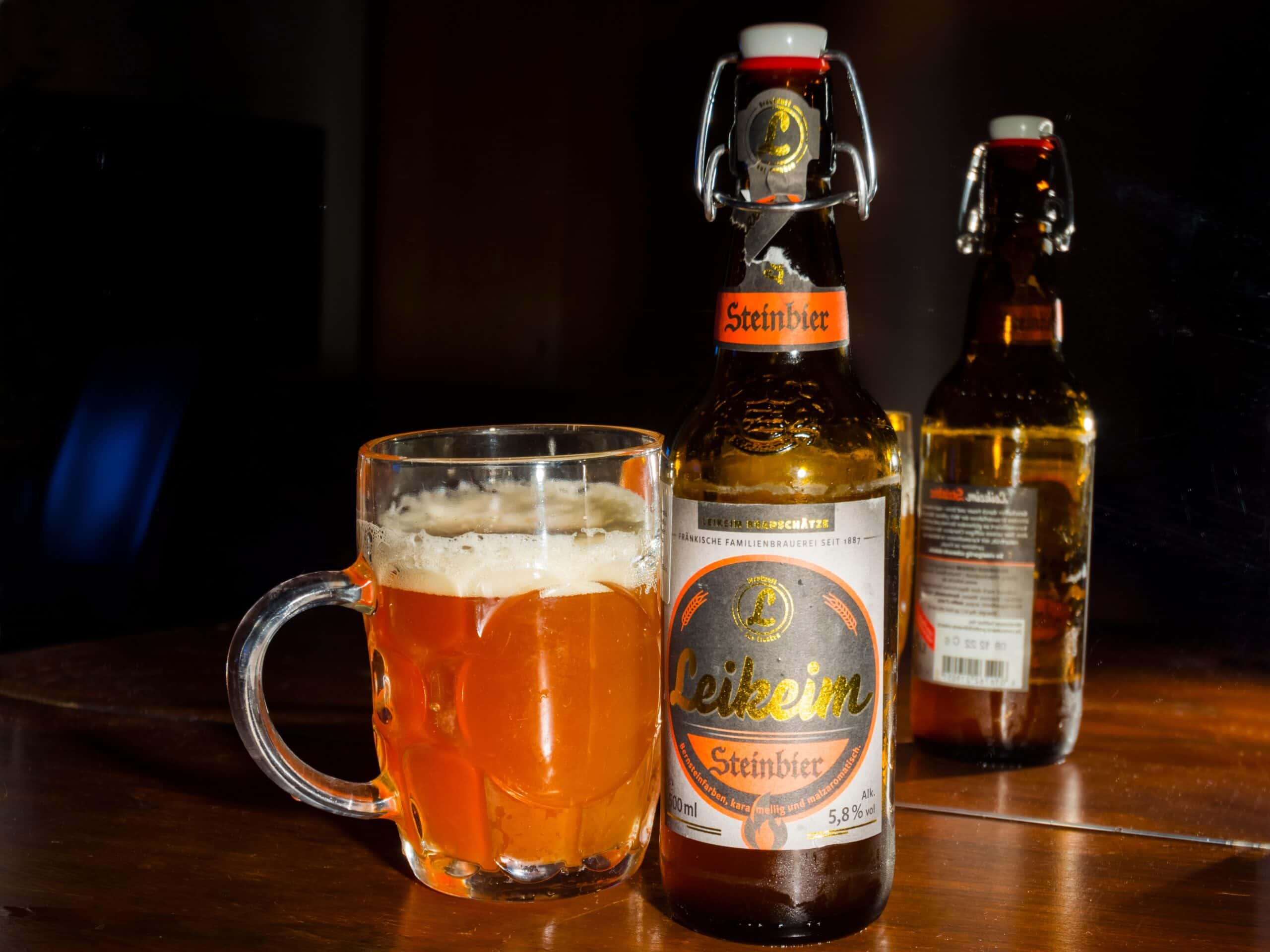
Chilling a beer quickly can be done using a simple method involving water, ice, and salt. By placing the can or bottle in a mixture of water and ice and adding salt to lower the freezing point of water, you can achieve a cold drink in just two minutes. This method is particularly useful for quickly cooling beverages without the need for a refrigerator. This surprising fact demonstrates the power of basic chemistry in everyday life and offers a practical solution for impromptu refreshment. Understanding the science behind this quick-chill method can enhance our appreciation for the simple yet effective techniques available for everyday tasks.
This article originally appeared on Rarest.org.
More from Rarest.org
10 Most Sought After Retro Kitchenware
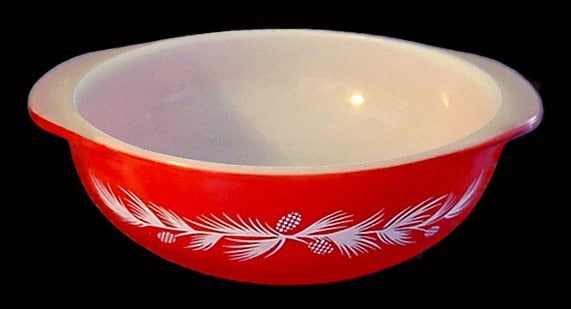
Retro kitchenware offers a nostalgic charm that continues to captivate collectors. From vibrant mixing bowls to elegant dinnerware, these vintage pieces bring both function and flair to any kitchen. Read more.
14 Unique Species of Alpine Plants
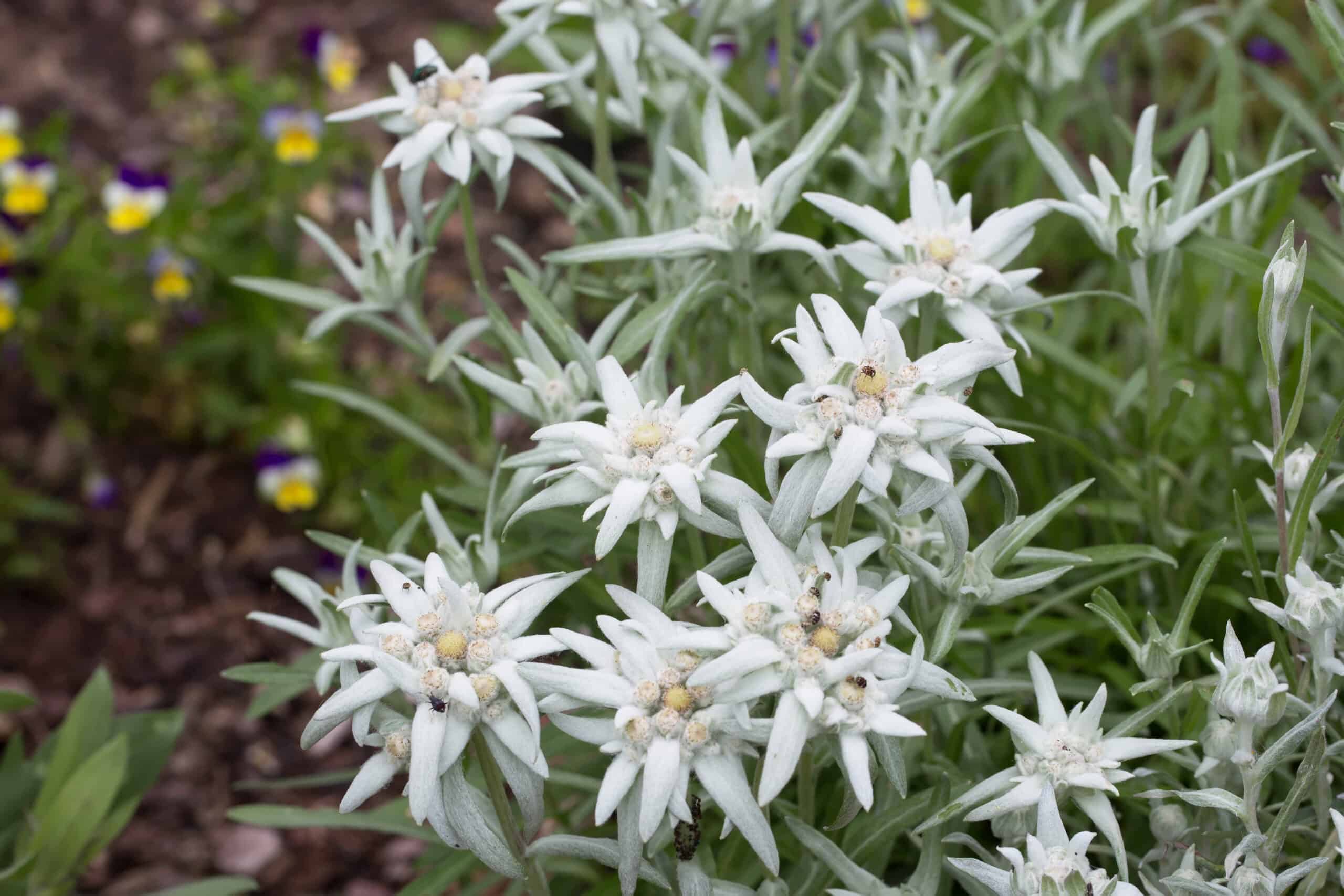
Alpine plants are known for their resilience and beauty. These plants thrive in high-altitude, harsh environments. Read more.
14 Rare Mosses Found in Isolated Forests

Exploring isolated forests reveals a hidden world of rare mosses. These delicate plants thrive in secluded, undisturbed environments. Read more.
